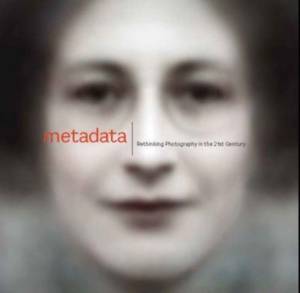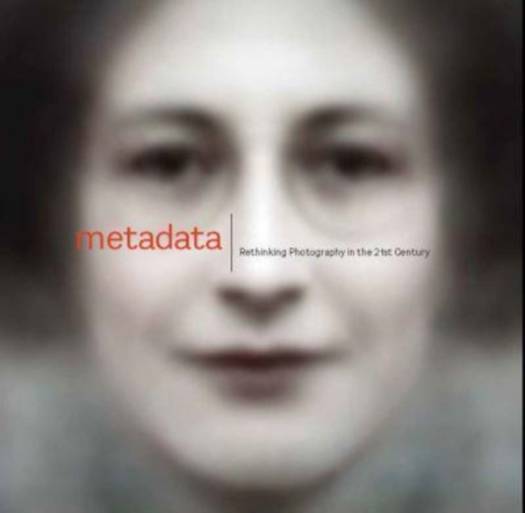
- Afhalen na 1 uur in een winkel met voorraad
- Gratis thuislevering in België vanaf € 30
- Ruim aanbod met 7 miljoen producten
- Afhalen na 1 uur in een winkel met voorraad
- Gratis thuislevering in België vanaf € 30
- Ruim aanbod met 7 miljoen producten
Zoeken
€ 37,45
+ 74 punten
Omschrijving
This fascinating publication explores the "metadata", or unseen information, behind the photographic image through the work of contemporary artists and visual activists. What's behind a picture? The term "metadata" is used to describe the information that travels with a digital image file but is unseen within the image itself. In our networked digital environment, metadata is accessed by both human users and artificial intelligences. Software algorithms orchestrate what images we see and exchange while collecting the valuable data generated by our interactions. In our moment, dominated by image-based social media and surveillance, we are becoming increasingly aware that understanding the information that circulates unseen around photographic images is just as important as seeing what they represent. This fascinating, fully-illustrated publication explores new paradigms for understanding the ecology of the photographic image through the work of an international selection of contemporary artists and visual activists. This includes not just the tags or descriptors attached to image files, but the power relationships, biases, and economic interests that are not always visible in the image itself.
Specificaties
Betrokkenen
- Auteur(s):
- Uitgeverij:
Inhoud
- Aantal bladzijden:
- 128
- Taal:
- Engels
Eigenschappen
- Productcode (EAN):
- 9781785513756
- Verschijningsdatum:
- 30/03/2022
- Uitvoering:
- Paperback
- Formaat:
- Trade paperback (VS)
- Afmetingen:
- 221 mm x 224 mm
- Gewicht:
- 589 g

Alleen bij Standaard Boekhandel
+ 74 punten op je klantenkaart van Standaard Boekhandel
Beoordelingen
We publiceren alleen reviews die voldoen aan de voorwaarden voor reviews. Bekijk onze voorwaarden voor reviews.











